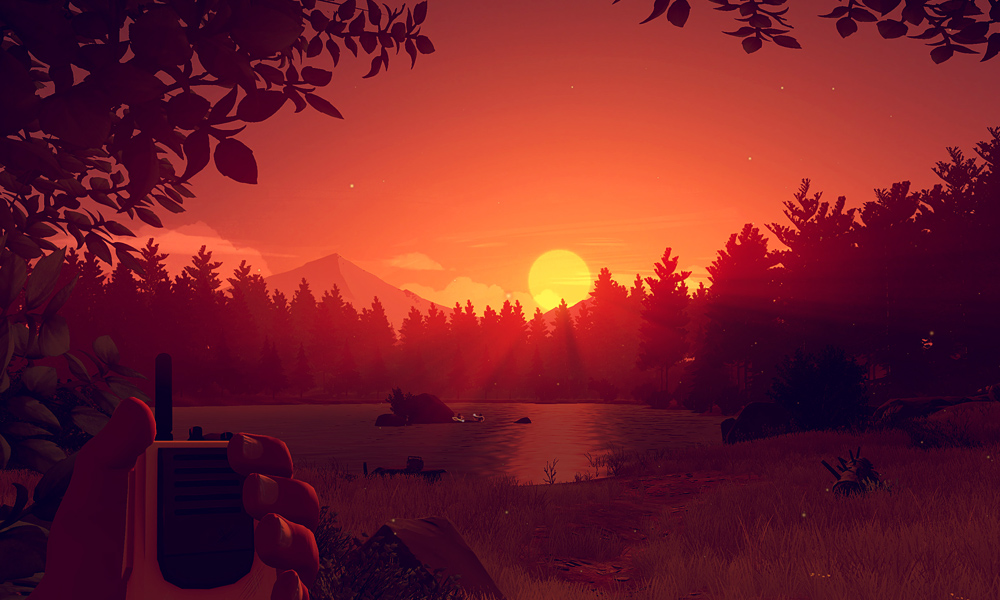Video games are great for relaxing, replaying like you’d reread a good book, or keeping up with other hobbies. Others are better for just staring at, as if your computer monitor or TV screen was an oil painting. Some of the best artists of this generation are working in modern video games and they’re doing work that no one else ever has. Here are the most beautiful video games we’ve ever played.
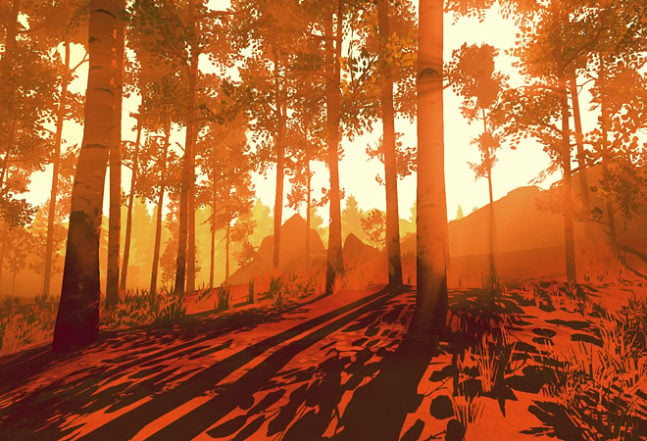
Firewatch
Shoshone National Forest is already beautiful, so Firewatch starts out with an advantage. Then they got some hugely talented video game designers to interpret the park in their own style and you have one of the most visually memorable games of the modern era. There’s a plot to the game, and a well-written one at that, but it’s totally understandable if you wanted to turn your time with Firewatch into a personal vacation. Which is partially what we did. Honestly, we don’t even remember if there’s a sprint button. We spent most of our time walking at a normal speed trying to absorb as much of the setting as possible.
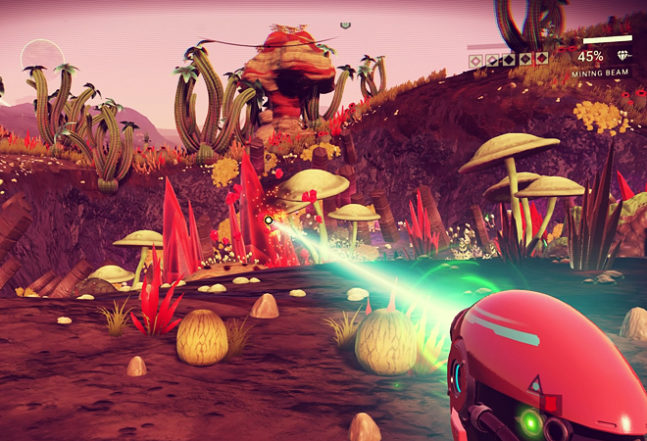
No Man’s Sky
Regardless of what you’ve heard about No Man’s Sky from critics, know the game is full of absolutely stunning planets. There’s a huge variation in flora and fauna, most of which are completely different from anything we have on Earth. We wrote up an article with screenshots from our time with the game, and those screenshots were striking enough. Since we wrote that up, there has been a number of updates to the game, each of which enhanced an already beautiful universe. Even the barren planets were places you could get lost staring at.
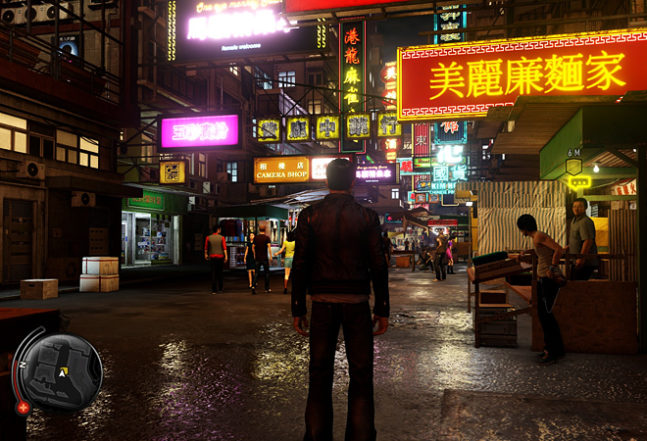
Sleeping Dogs
Hong Kong is famous for its vibrant neon and modern nightlife, two things Sleeping Dogs takes special care to get right. There’s also incredible wealth in some sections of Hong Kong, and if you combine all three of those, you’ll quickly find yourself speeding through a bright neon paradise in a slick sports car and strolling through the door of a nightclub. Granted, this is an organized crime game, so more than likely you’ve gone into that nightclub to kick the crap out of someone, but everything looks great while you’re doing it. We also recommend the Definitive Edition release. It took an already great looking game and tweaked the visuals to make everything noticeably more realistic. It’s almost as good as a trip to the real Hong Kong. Maybe better, since you only had to spend $60 to get there.
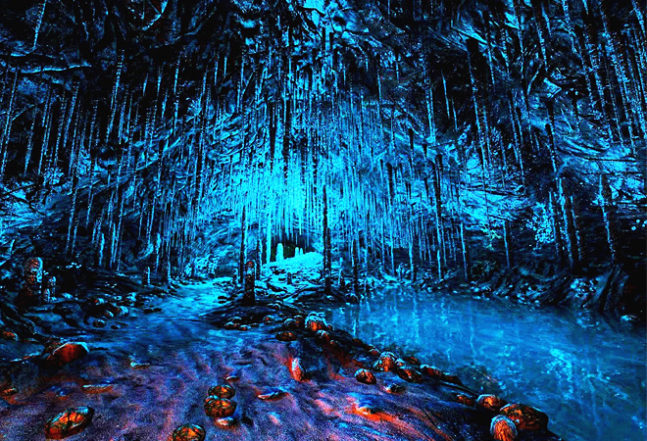
Dear Esther
The walking simulator is one of the more divisive things to come out of the indie gaming scene these past few years, but Dear Esther makes a strong case for their existence. There’s a reasonably compelling plot laid under the picturesque yet bleak setting that is a small island in the British Isles. The island is covered in green grass, rocky beaches, and deep caves that pull the player from one narration to the next, and every building you encounter has clearly been abandoned for years, giving everything a melancholy atmosphere. On the surface, those might seem like conflicting aspects, but things become you’ll understand both more as you play on.
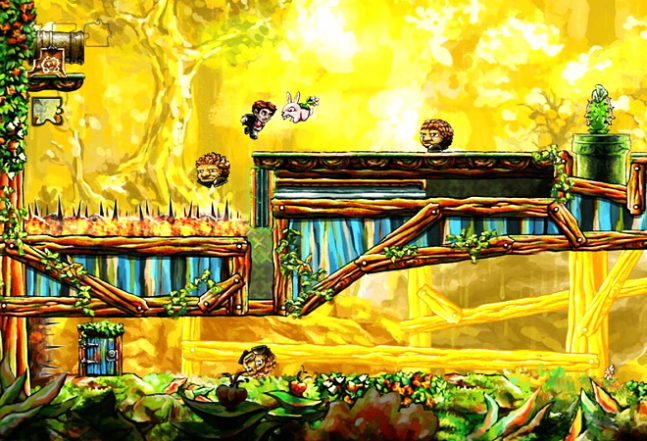
Braid
We’ve said time and time again that the indie side scrolling genre is over saturated, which might have a lot to with the success of Braid. It’s side scrolling done right with an amazing, unique art style, something that dozens, if not hundreds, of other games have tried to replicate or emulate, but with little success. It’s a bright, pixelated world that went on to shape the sensibilities of indie games for at least a decade. At this point, playing Braid is as much an exercise in video game history as it is a study of art.
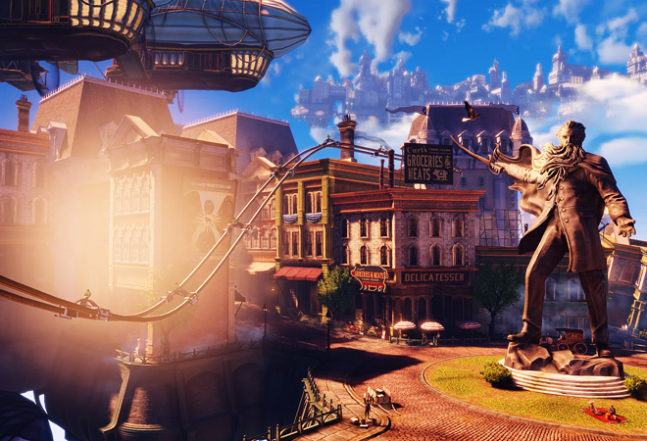
Bioshock Infinite
The whole Bioshock trilogy is visually impressive, but Bioshock Infinite is the one we’d classify as beautiful. Rapture was a claustrophobic nightmare of grotesque monsters and while Columbia is full of equally irredeemable characters, at least it’s full of bright colors. Soaring skyscapes are definitely better to look at than underwater darkness, and they’re almost enough to distract you from the fact that you’re going toe to toe with deeply racist ideologues and hyper-violent terrorists.
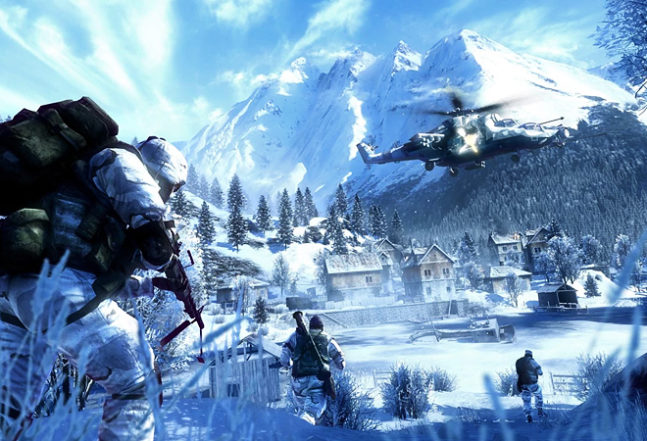
Battlefield: Bad Company 2
Battlefield: Bad Company 2 isn’t beautiful in the traditional sense. It’s certainly always been an easy game to look at, but the really memorable stuff happens during online matches. Bad Company 2 was the only Battlefield game that took full advantage of the destructibility of the Frostbite engine. There’s a frantic energy to online matches, with walls collapsing or exploding around you. It wasn’t uncommon to see dust and debris falling or to have six guys sprinting out of a collapsing building. These were some of the most stressful online matches we’ve ever played.
The beauty of it comes in when you watch the transformation of the maps. At the beginning of the match, you’d have a serene mountain or desert village. By the end, nothing was still standing, and you had to stand in awe of what you’d done in such a short time. Not that it’s an exact match, as that’d devalue real world experience, but it’s a similar kind of awe you feel when you look at real world destruction. Servers are still populated, last time we checked, so you’re not too late to experience the chaos.
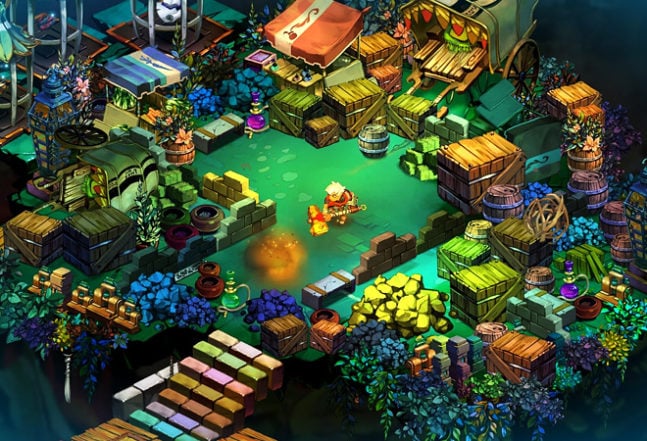
Bastion
There’s a lot that went right to make Bastion the game it is. Gameplay is tight and well designed, the challenge is always enough to give you some trouble but never frustrate you out of playing, and the soundtrack makes you want to become an expert in western folk music. On top of that, there’s a cartoon/comic book aesthetic that depicts a western/steampunk world. Outside of super-niche graphic novels, you won’t find anything that looks like Bastion. The visuals and soundtrack are perfect for each other, which creates one of those rare perfect storms of effective video game art.

Alan Wake
Alan Wake doesn’t have top of the line graphics, but it doesn’t need them. Its brilliance comes from the game’s central motif of light vs. dark. Every level you play through perfectly manipulates light sources and shadows to create a world that closes in around you with suspenseful horror. The small town of Bright Falls is expertly rendered to capture the specific feel of the Pacific Northwest and its small towns, then drops a Twilight Zone feel on top. It’s easy to get lost exploring Bright Falls and there aren’t any other games that quite approach the look and feel of Alan Wake. And it doesn’t look like any will for awhile.
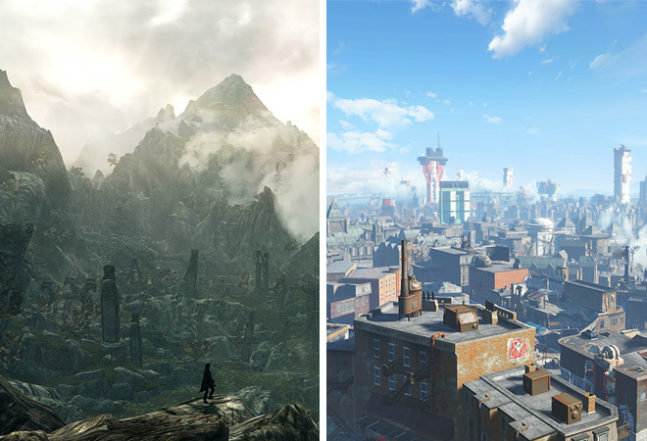
Skyrim/Fallout 4
This is more an entry for Bethesda games in general, as Skyrim and Fallout 4 are both great examples of the beautiful world building Bethesda is capable of. We picked these two since they were the most recent examples of the studio’s work, but Oblivion and Fallout 3 are also excellent examples. The scale and freedom of these worlds are almost unparalleled, where the only restrictions on where you can go and when you can go there is how well equipped you are for a fight. Skyrim is basically fantasy Norway, with all the appropriate mountains, cliffs, plains, and fjords included. Post-apocalyptic Boston is a sad but colorful place full of mentally deranged murderers and people just trying to get by. Both games have areas that will stick with you long after you’ve stopped playing, if you ever do.

